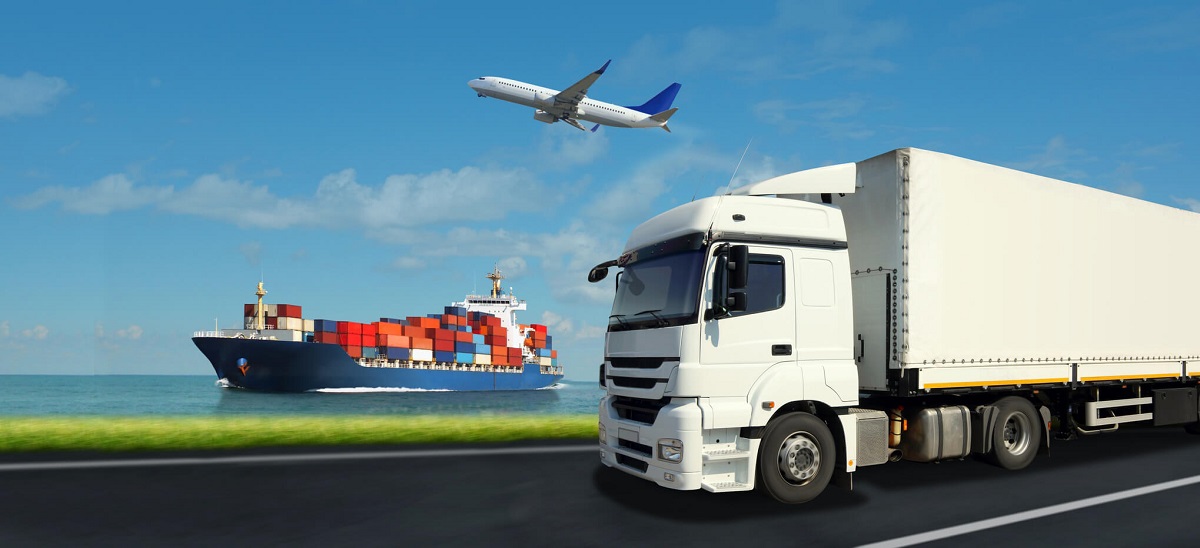Bangladesh urgently needs to formulate a holistic national logistics policy to stay competitive in dealing with mounting volume of international trades in the coming years, experts said.
They said the country, after setting US$ 100 billion RMG export target by 2030, would certainly experience swelling volume of exports and imports. These would put an enormous pressure on ports and roads in the coming days.
So, a huge volume of investment along with policy support is required to raise the capacity of existing facilities manifold, prioritising the now-neglected logistics and transportation sector, they added.
The suggestions and observations came at a policy dialogue – “Logistics Sector of Bangladesh – Opportunities & Concerns” – hosted by the American Chamber of Commerce in Bangladesh (AmCham) at a city hotel on Wednesday.
In a keynote presentation, Professor of Independent University, Bangladesh (IUB) Dr. Md. Mamun Habib said as per the logistics index, Bangladesh is now 39th among 50 of the world’s most promising emerging logistics markets.
The country is behind India (second), Pakistan (27th) and Sri Lanka (33rd), which reflects its lack of improvement in providing domestic and international logistics facilities.
He also said there are 19 private ICDs (inland container depots), having an overall capacity of 76,000 TEUs (twenty-foot equivalent units), but apparel makers have set an export target of $ 100 billion by 2030.
“We need new investment in setting up ICDs, so that we can better handle growing export boxes,” he added.
AmCham President Syed Ershad Ahmed said logistics play an important role in managing the balance between supply and demand.
He noted that distortion in logistics services affects the economy, causing higher inflation and lower productivity. People observed during the recent pandemic that the economy suffered due to lack of adequate supply chain.
The country needs to address key challenges, like policy development and implementation, infrastructure development, process improvement and management efficiency.
Like other regional peers, Bangladesh requires pragmatic and effective policies – with setting up a comprehensive national strategy – for improving its logistics performances, he added.
Policy Exchange of Bangladesh Chairman Dr. M. Masrur Reaz said per kilometre cost is 12 cents here, according to a World Bank assessment, while the cost is 2.4 cents and 6.0 cents in India and Indonesia respectively.
“But if we can improve, there is a lot to achieve.”
He noted that if the country can decrease the Chattogram Port clearance time by one day, Bangladesh’s export would go up by 7.4 per cent.
If the domestic logistics cost is reduced by 50 per cent, the overall export would enhance by another 7.4 per cent.
“If we add all such things together, Bangladesh is looking at around 20 percentage point increase in its current export – from the existing $ 52 billion to $ 62 billion,” he added.
President of Bangladesh Freight Forwarders Association (BAFFA) Kabir Ahmed termed the country’s freight forwarding and logistics sector as an orphan – due to absence of proper attention to it by the regulatory bodies concerned.
Focusing on revival of the river routes, he said there are around 10,000 kilometres (km) of river routes here. The BIWTA officially maintains 5,400 km channel, but it would not be over 3,000 km, if proper river barging issue is taken into consideration.
“The rivers could be one of the best ways of transportation in this country. Transportation through waterways is cost-effective and safe, and does not have any traffic jam. It will remove lots of burden from our roads,” he added.







